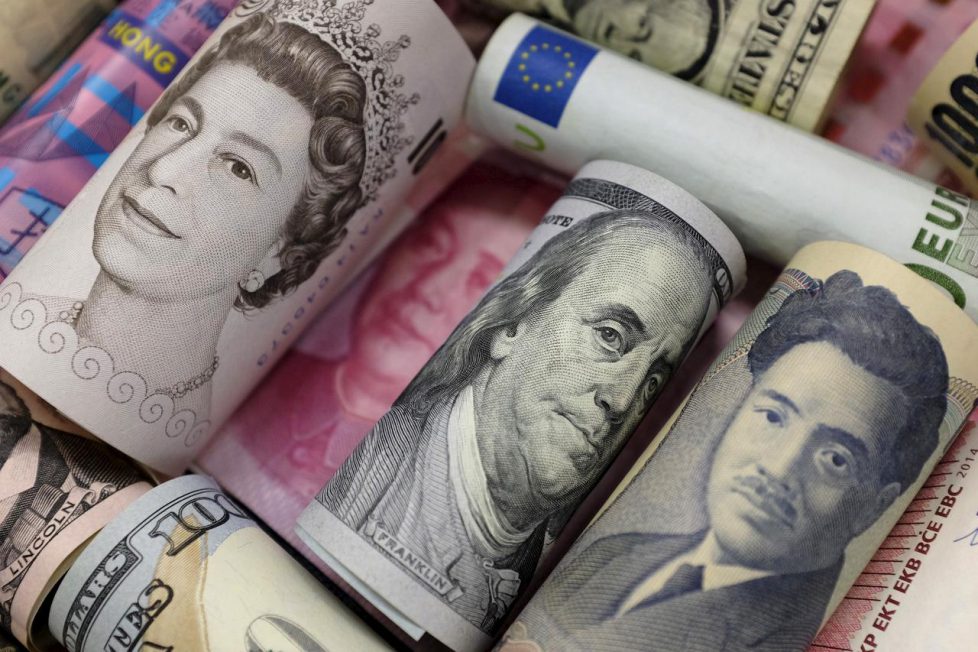According to the well-known Marshal-Lerner conditions, a depreciation in exchange rate leads to improvement in balance of trade only if the sum of elasticity of export and imports is greater than 1.
This theory had its test of time and I also had the opportunity to test the conditions empirically using econometrics techniques for Pakistan to see if if actually improves the exports, specifically. However, evidence was insufficient to conclude that.
International Monetary Fund‘s latest working paper partly explains why that could be the case. Dominant currency pricing has been the focal point and root cause of why depreciation might not lead to improvement in exports in the short-term. When the export contracts are written in dominant currency(USD), then a depreciation in domestic currency doesn’t have any impact on improving exports or increasing demand in the short-term.
On the other hand, if the currency depreciates, it could potentially have contractionary effect on trade. Not the mention, the J-curve effect becoming effective in short-term because of in-elastic demand.
These results have huge relevance in context of Pakistan’s trade balance. Despite, 34% depreciation in rupee since FY18, the exports hasn’t shown signs of significant improvement. While Pakistan has a lot of structural bottlenecks when it comes to its low exports base, however, part of minimal growth in exports despite depreciation can be attributed to the dominant currency paradigm. Furthermore, as an net oil importer, demand for oil imports is generally in-elastic which in turn worsens the trade position in the short-term. To add further salt into the wounds, Pakistan’s energy policies grant USD-indexed returns to IPP’s, which means that depreciation of currency leads to increased energy cost.
IMF’s latest study is very critical for EMDE’s because in order to ensure that the gains from exchange rate flexibility are fully materialized, countries need to redefine their contracts. This wouldn’t be an easy task to do given the the stature of dominant currencies and the appetite of EMDE’s to have the dominant currency as part of their foreign exchange reserves.
Nevertheless, any move in that direction has the potential to break the monopoly of dominant currencies and redefine how global trade is conducted.
For additional information on this subject, read IMF’s latest blog:

